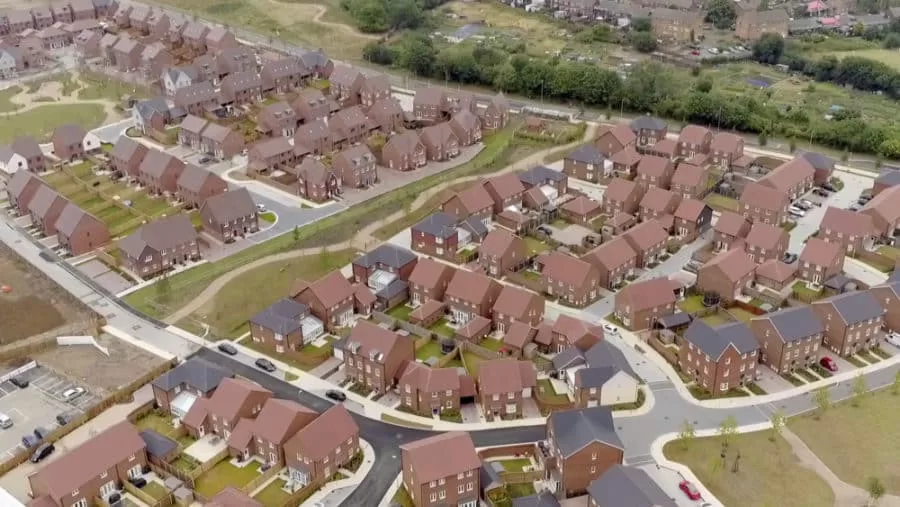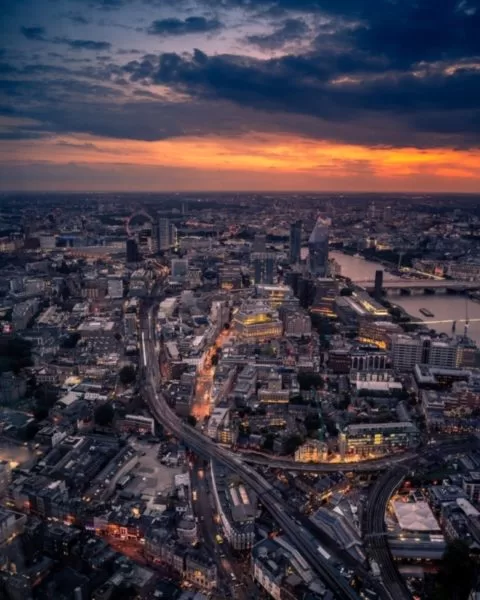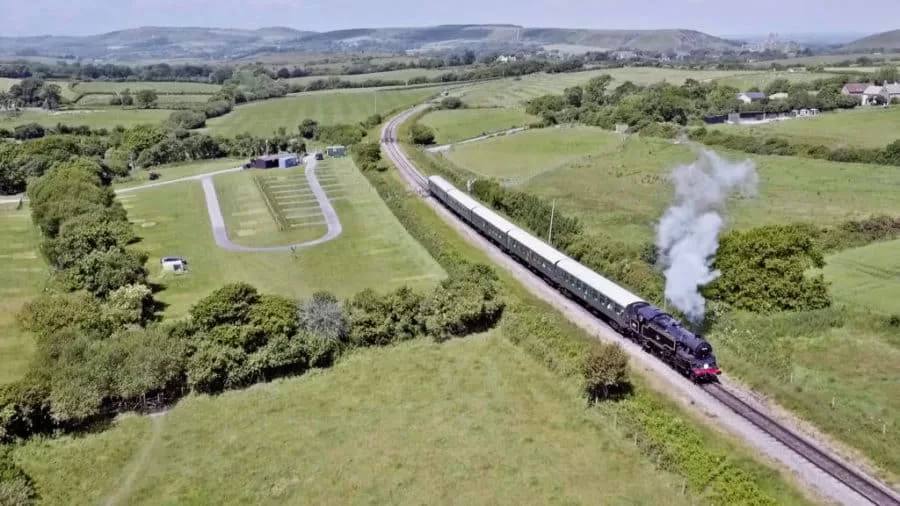
Drones & Roof Inspections

When you normally think about having a roof inspection, you likely think of ladders at least and scaffolding at worst. A human being has to climb on up to the roof with all of the health and safety considerations that this incurs, not to mention the potential for damage to the roof itself during the inspection process.
Drones carrying both standard and thermal cameras offer you the opportunity to carry out a thorough and detailed inspection of the roof from all angles with minimal human intervention – minimising the time, set up and safety risks of traditional inspection methods. Provided that the inspection can be carried with the landowners permission (required for the takeoff and landing site of the drone) the UAV can fly over the roof both recording what is there and also providing live flight data to pinpoint areas for closer or further inspection. Maintenance teams can then be deployed in a targeted way to problem areas if required, making a cost saving and minimising any disruption.
Whilst you are having a standard roof inspection flight, you might also consider having a flight with our drones carrying our state of the art thermal imaging camera. One service fee but with twice the amount of data – a thermal imaging flight will allow you to scan for heat loss and problem areas that may not even be visible to the naked eye. This allows you fix and maintain your roof in advance of serious problems occurring which could save both time and money.
Leverage the power of the drones to make inspections quicker, safer and more cost effective.
Drone Services Enquiry
Thermography|Inspections|Solar|Photogrammetry|Filming|Photography
Discover how drone technology can enhance your operations with a free quotation from our experts. Get a Free Quote or Make an Enquiry Today!









